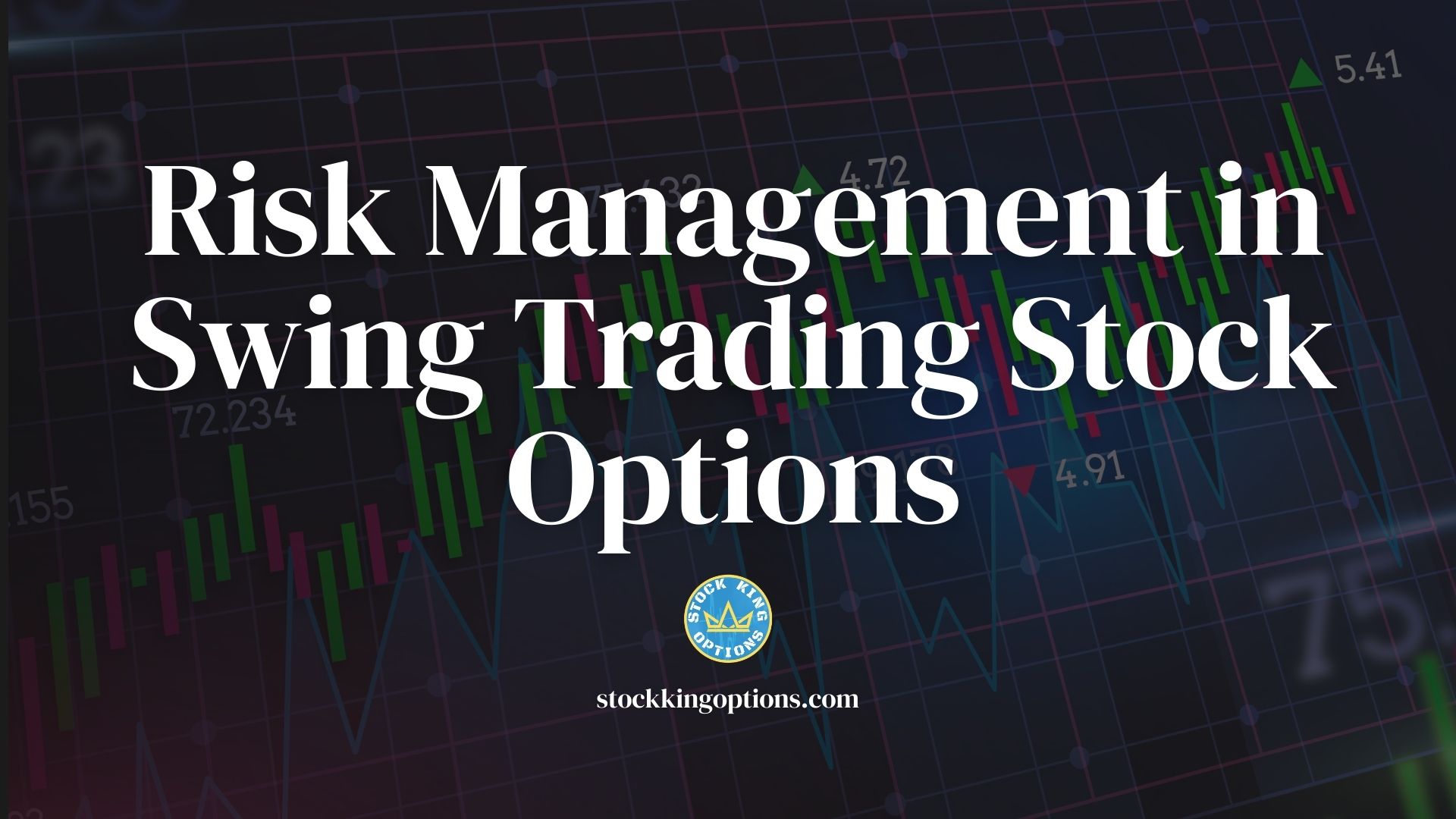
Key Takeaway:
Mastering risk management is crucial for success in swing trading options. Learn key strategies to minimize losses and maximize profits in this dynamic trading environment.
Featured Snippet:
What is risk management in swing trading stock options?
Risk management in swing trading stock options involves employing strategies to minimize losses and maximize profits in a volatile market environment.
Intro:
Navigating the volatility of stock options demands a robust risk management strategy. In this guide, I’ll unveil essential techniques to safeguard your investments while optimizing returns. From diversification to stop-loss orders, let’s discover how to mitigate risks effectively and thrive in swing trading.
Stop Loss Strategies
Stop Loss Strategies are a vital aspect of risk management in swing trading stock options. They refer to predetermined levels at which a trader will exit a trade to limit their potential losses. Implementing effective stop loss strategies can help traders minimize their risks and maximize their profits.
There are various types of stop loss strategies that traders can utilize in swing trading stock options. The most common ones include percentage-based stops, chart-based stops, and volatility stops.
Percentage-based stops involve setting a certain percentage below the entry price as the stop level. For example, if you enter a trade at $100, you may set a 10% stop loss at $90. This strategy is useful for managing risk on volatile stocks with high price fluctuations.
Chart-based stops use technical analysis to determine the placement of the stop level. Traders may base it on support and resistance levels or key moving averages. This allows them to adjust the stop level based on market conditions and potentially reduce their losses.
Volatility stops take into account the average price fluctuation of a particular stock and place the stop level accordingly. It involves calculating the average true range (ATR) of a stock over a specific period and using that value as the basis for setting the stop level. This approach is particularly useful for managing risk on highly volatile stocks.
In addition to these traditional methods, some traders also use trailing stops as part of their risk management strategy in swing trading stock options. A trailing stop moves automatically as the stock price increases, locking in profits while still providing protection against potential downside risks.
Aside from knowing what type of stop loss strategy to use, it is equally important to determine when to implement it. Some traders prefer to set their stop levels immediately after entering a trade, while others may wait for confirmation from technical indicators or market trends before placing one. Regardless of when it is implemented, having a pre-determined plan for exiting a trade can help traders stay disciplined and avoid any emotional decision-making.
Incorporating stop loss strategies in swing trading stock options is crucial for managing risk effectively. These strategies provide traders with a safety net to limit their losses and protect their capital. By understanding the different types of stop loss strategies available and when to implement them, traders can enhance their risk management approach and increase their chances of success in the market.
Hedging Techniques
Hedging is a risk management technique that involves making strategic trades to mitigate potential losses in an investment portfolio. In swing trading stock options, where positions are typically held for a short period of time, hedging can be especially useful in protecting against sudden market movements and unexpected events.
One common hedging technique used in swing trading is known as the “buying put options” strategy. This involves purchasing puts on the same underlying stock that the trader already owns. A put option gives the buyer the right, but not the obligation, to sell shares of a stock at a predetermined price (the strike price) before a specified expiration date. If the stock’s price were to drop significantly, the put options would provide protection by giving the trader the ability to sell their shares at a higher strike price rather than being forced to take losses at current market prices.
Another popular hedging strategy utilized by swing traders is called “spread trading”. This involves buying and selling two different contracts on either side of an underlying security. For example, if a trader owns call options on XYZ stock with a strike price of $50, they could also buy put options with a lower strike price of $45 on XYZ. This creates what is known as a “bull put spread”, providing protection against any downside movement in XYZ’s stock price while still allowing for potential gains if it rises above $50.
In addition to these options-based strategies, there are also more complex hedges such as using futures contracts or correlation analysis between assets within an investment portfolio. These methods require more advanced knowledge and experience in financial markets but can offer effective risk mitigation for swing traders with larger portfolios.
However, it should be noted that while hedging techniques can help minimize risk, they do come with certain costs and limitations. Purchasing puts or setting up spread positions requires upfront capital and may reduce potential profits if the market moves favorably for your positions. Additionally, all hedges have expiration dates, so traders must carefully time their hedges to ensure they are still in effect when needed.
Hedging is an essential tool for managing risk in swing trading stock options. By using a combination of strategies tailored to their individual risk tolerance and objectives, traders can mitigate losses and increase the probability of profitable trades. It is important to continually assess and adjust hedges as market conditions change, in order to effectively manage risk and protect overall portfolio performance.
Position Sizing
Position sizing is a crucial element in risk management when it comes to swing trading stock options. It refers to the amount of capital that you allocate for each trade based on your risk tolerance and the potential for profit. In other words, it involves determining how many shares or contracts you will buy or sell per trade.
One of the key reasons why position sizing is important in swing trading stock options is because it helps to manage your overall portfolio risk. By not allocating too much of your capital into one single trade, you
can minimize the impact of any losses on your overall account balance. This also allows you to stay in the game even if a few trades do not turn out as expected.
When deciding on your position size, there are several factors that need to be taken into consideration. The first and most important factor is your risk tolerance level. This refers to how much loss you are willing to accept in a particular trade before exiting. Every trader has a different tolerance level and it is important to determine yours before placing any trades.
Another factor to consider when determining position size is the potential for profit from each individual trade. This can be assessed by analyzing technical indicators such as support and resistance levels, trend lines, and moving averages. Based on this analysis, traders can calculate their entry point, stop-loss levels, and profit targets which will ultimately influence their position size.
It is also crucial to keep in mind the liquidity of the underlying asset when calculating position sizes for stock options. Highly liquid assets are easier to enter and exit with minimal slippage (the difference between expected price and actual execution price). On the other hand, illiquid assets may have wider bid-ask spreads which could result in higher transaction costs.
Additionally, diversification should also be considered when determining position sizes. By spreading out your risk among different types of securities or markets, such as stocks or commodities, you are reducing concentration risk within your portfolio.
Position sizing is a crucial aspect of risk management in swing trading stock options. It helps traders to limit their exposure and protect their overall portfolio while also maximizing potential profits. Factors such as risk tolerance, potential for profit, liquidity, and diversification should all be taken into consideration when determining the appropriate position sizes for each trade. By carefully managing your position sizes, you can reduce the chances of significant losses and increase your chances of long-term success in swing trading stock options.




